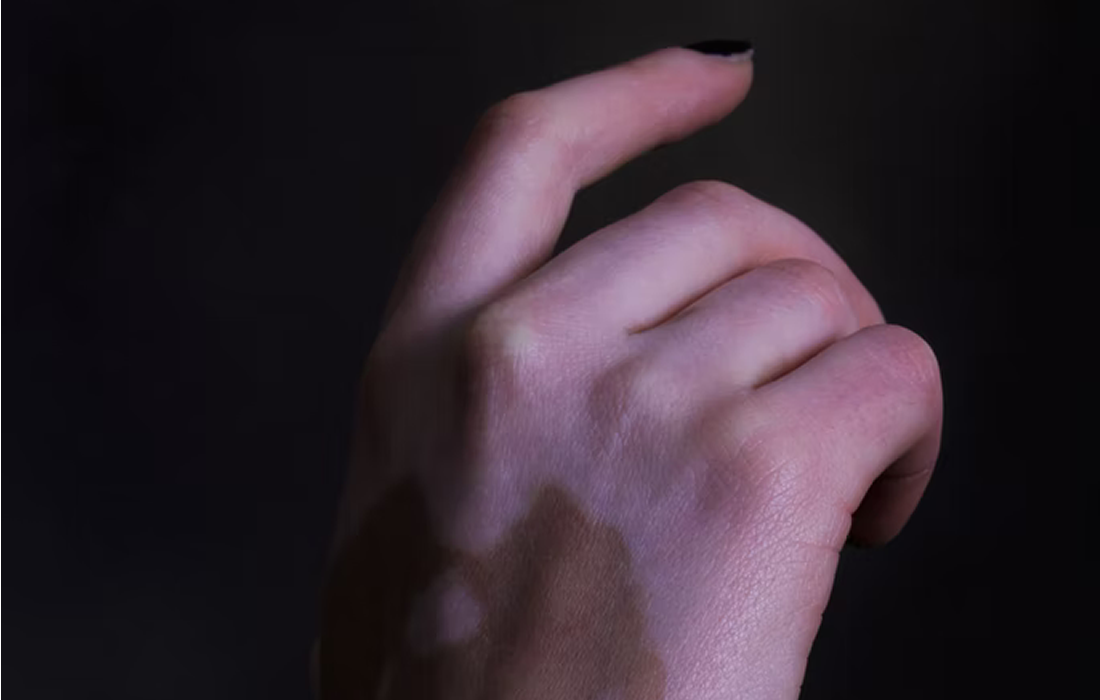Platelet-Rich Plasma
Platelet-Rich Plasma Therapy for Vitiligo
What is Vitiligo?
Vitiligo is a disease that causes loss of skin color in patches. The discolored areas usually get bigger with time. The condition can affect the skin on any part of the body, and it can also affect the hair and the inside of the mouth.
What Causes Vitiligo?
Vitiligo occurs when cells that produce melanin, called melanocytes, die or stop functioning. Vitiligo affects people of all skin types, but it may be more noticeable in people with darker skin. The condition is not life-threatening or contagious.
The specific cause is not well known, but some factors that could influence the development of vitiligo include disorders of the immune system, such as autoimmune conditions, family history, and a trigger event, such as stress, severe sunburn, or skin trauma.
Current Treatment Options
A variety of treatments have been proposed, with inconsistent results. The choice of treatment depends on the age of the individual, the area of skin involved, and how quickly the disease is progressing.
Medications and light-based therapies are available to help restore skin color but the results vary and are unpredictable. Some medications are used, such as corticosteroids, that can be used as a cream or taken orally, and which are more effective in the early stages. The problem with corticosteroids is that they can cause multiple side effects.
Other medications include calcineurin inhibitor ointments, such as tacrolimus or pimecrolimus that might be effective for people with small areas of depigmentation.
Use of Platelet-Rich Plasma
The use of platelet-rich plasma (PRP) has increased over the last years as a potentially effective treatment for several dermatological diseases, including vitiligo.
PRP is an increased concentration of autologous platelets suspended in a small amount of plasma after a process called centrifugation.
Through the secretion of platelet alpha granules, PRP increases the release of growth factors, adhesion molecules, and chemokines, which interact with the local environment and promote cell differentiation, proliferation and regeneration.
In a review study published in the journal Drug Design, Development and Therapy, Mercuri et al, evaluate the literature regarding the use of PRP for the treatment of vitiligo. They found a total of 6 clinical studies involving 253 patients.
They found that all treated patients showed stable vitiligo and a significantly higher improvement in the PRP groups was always observed compared to control groups, regardless of the combined treatment associated with PRP.
In general, the PRP treatment was well tolerated among the different studies, with no major adverse events reported. Four-six sessions, with 2–3-week intervals are needed in order to obtain clinically significant results.
There is of course a need for larger clinical trials with a standardization of the processing protocols to have a better understanding of the effectiveness of PRP for this condition. However, the results seem promising for a condition that doesn’t have many treatment options.
Source:
Mercuri SR, Vollono L, Paolino G. The Usefulness of Platelet-Rich Plasma (PRP) for the Treatment of Vitiligo: State of the Art and Review. Drug Des Devel Ther. 2020 May 7;14:1749-1755. doi: 10.2147/DDDT.S239912. PMID: 32440100; PMCID: PMC7213865.
https://www.mayoclinic.org/diseases-conditions/vitiligo/symptoms-causes/syc-20355912
Image from:
Photo by Hanen BOUBAHRI on Unsplash

